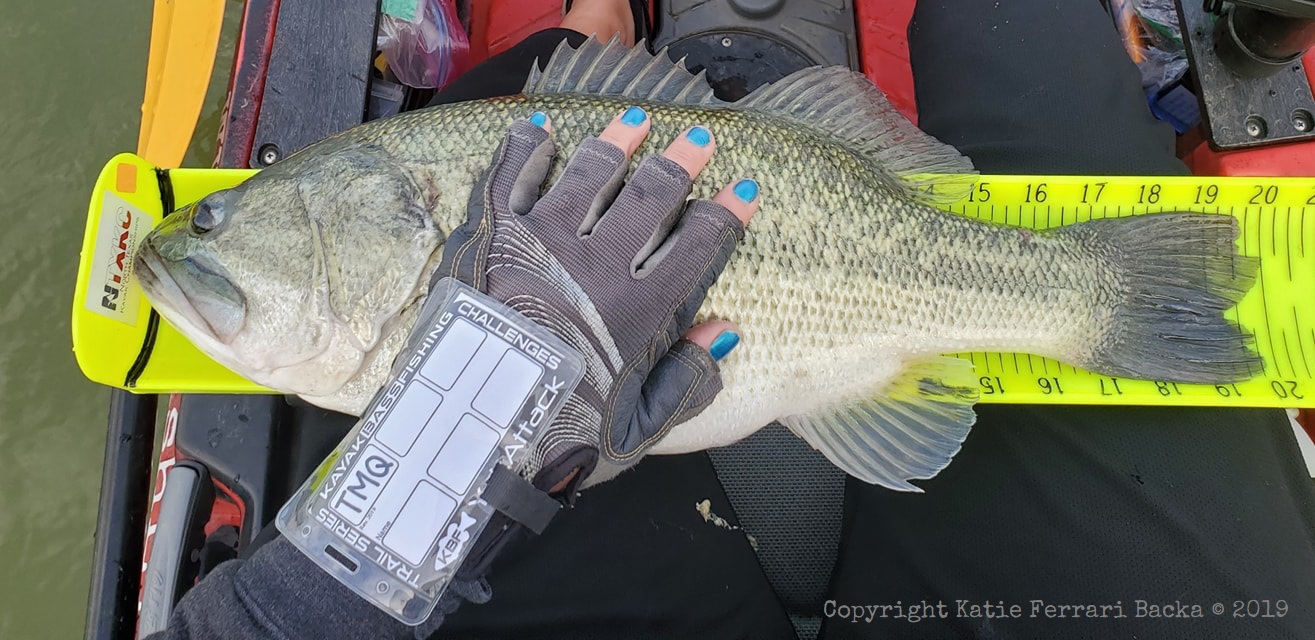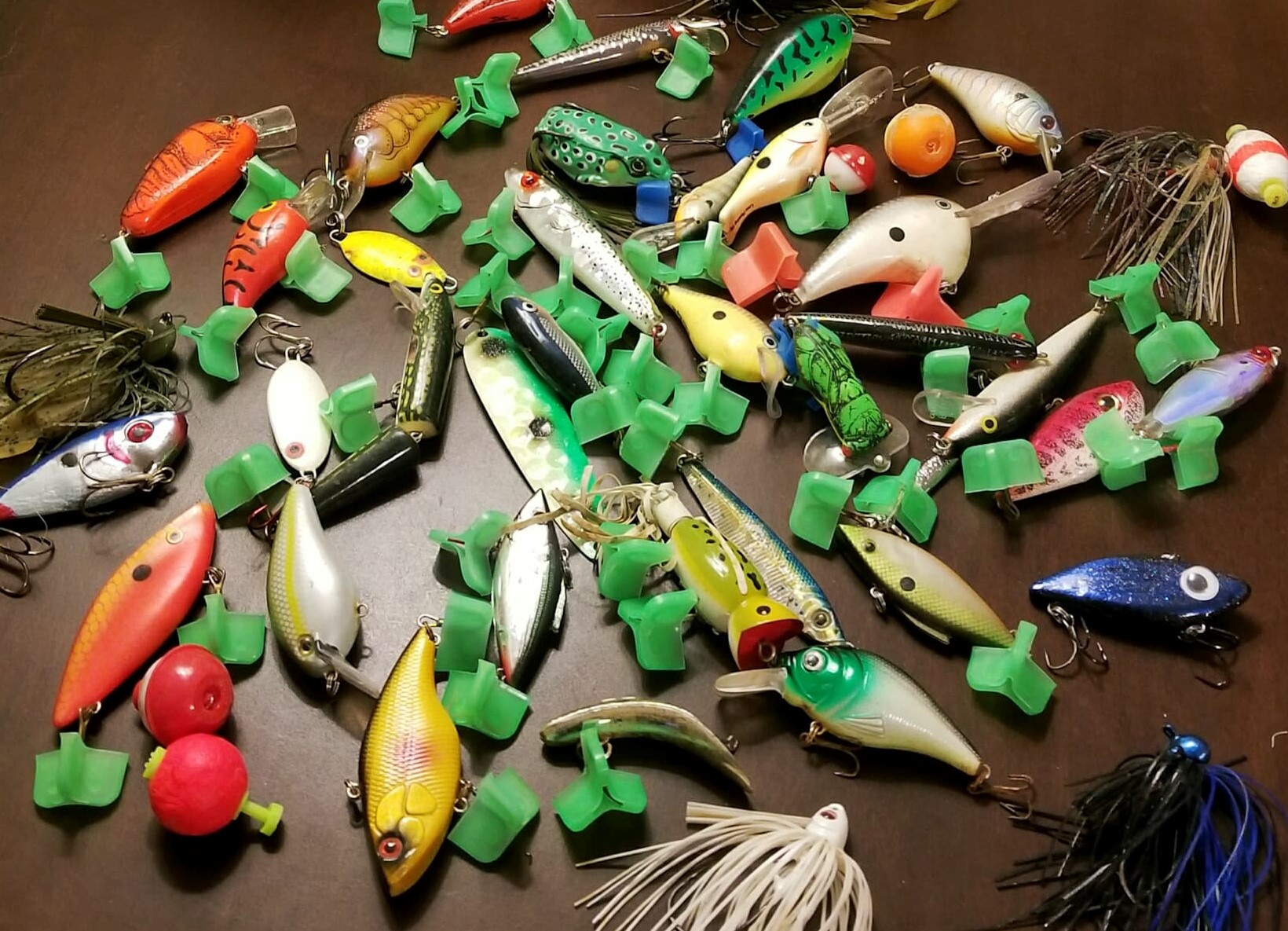Save Your Rods...And Maybe Your Life.
Imagine you're out on your kayak...
It's winter, but it's partly sunny outside, not terribly cold, the water is hovering around 48 degrees, and you've even hooked a few fish...
Suddenly, an unexpected storm blows in, the chop picks up, and before you've even had a chance to start heading for the ramp, you find yourself in the middle of a washing machine.
You struggle to fight the wind and the waves, but you're no match for the strength of the relentless gusts.
In an instant - you feel it happening...
Your kayak is flipping over.
You hit the water hard - and so does all of your gear...
Fortunately, you were smart enough to know that this might happen some day, so you're wearing a PFD...
But what about your rods???
Recently, I participated in a charity bass tournament that had this exact scenario play out...and I imagine that question ran through the minds of all seven anglers that flipped into the water that day.
Yes. Seven.
Thankfully, all seven anglers made it home that night [with their kayaks in tow] but the majority of them lost everything else they brought onto the water that day - rods included.
Just to put that into perspective: If you estimate that each of those anglers had 5 rods on deck, and that each of those rod and reel combo's cost $300.00?
Over ten thousand dollars worth of gear sank to the bottom of the lake that day...not including all of their tackle.
Crazy, right???
In my experience, most kayak anglers do one of three things with the rods they bring onto the water:
Back when I was in my first Ocean Kayak Trident 11, my rods weren't anything special, so I typically didn't have anything attached to them.
But when the rods started getting seriously upgraded, and then I upgraded to an Old Town Kayak Predator PDL?
I realized that all of these investments were worth protecting.
At first, I started using short pieces of paracord to act as rod leashes - until I really thought about something one day...
If I were to flip my kayak, and all of my rods were attached to leashes, there was a chance that I could become seriously entangled in a mass of fishing line, paracord leashes, and hooks.
Combine that with the very real possibility of getting tangled up in an old, forgotten trot line, and you've got a serious disaster just waiting to happen.
The leashes came off immediately.
For a while after that, I just went out, and pretty much hoped that my rods would be fine.
But I couldn't ignore the nagging feeling that I was setting myself up for heartbreak - and I wasn't ok with that.
So onto the Interwebz I went, in search of a safer alternative, which I found very quickly in the form of small rod floats that attach to the blank of your rod via velcro straps.
I tested all of my rods, and sure enough - they stayed afloat!
Then I started to notice something; a ton of the other kayak anglers have nothing on their rods.
I asked a few friends about the lack of rod floats, and they all pretty much gave the same answer: "I hate how they look on the rod."
True - they're bulky, come in really noticeable colors, and aren't the "coolest" thing you could have on your rod - but they will save your rod!
Their biggest downfall though, is a trade-off for diminished rod sensitivity;
which basically translates to, not being able to feel softer bites and hits you get on your line, because the foam is absorbing some of that "tick".
Do I think it's critically important? Maybe, maybe not.
But I can tell you, as an angler gearing up for the 2019 tournament season? I wasn't willing to make that trade.
So what's a girl to do???
Reinvent the wheel, of course!
After a few trips to the drawing board, I came up with a simple, cost effective, alternative solution: I combined the idea of all three practices for one awesome outcome.
Rather than buying anything new, I used things that I already had on hand [but if you're starting from scratch, nothing I used is very expensive].
Step One:
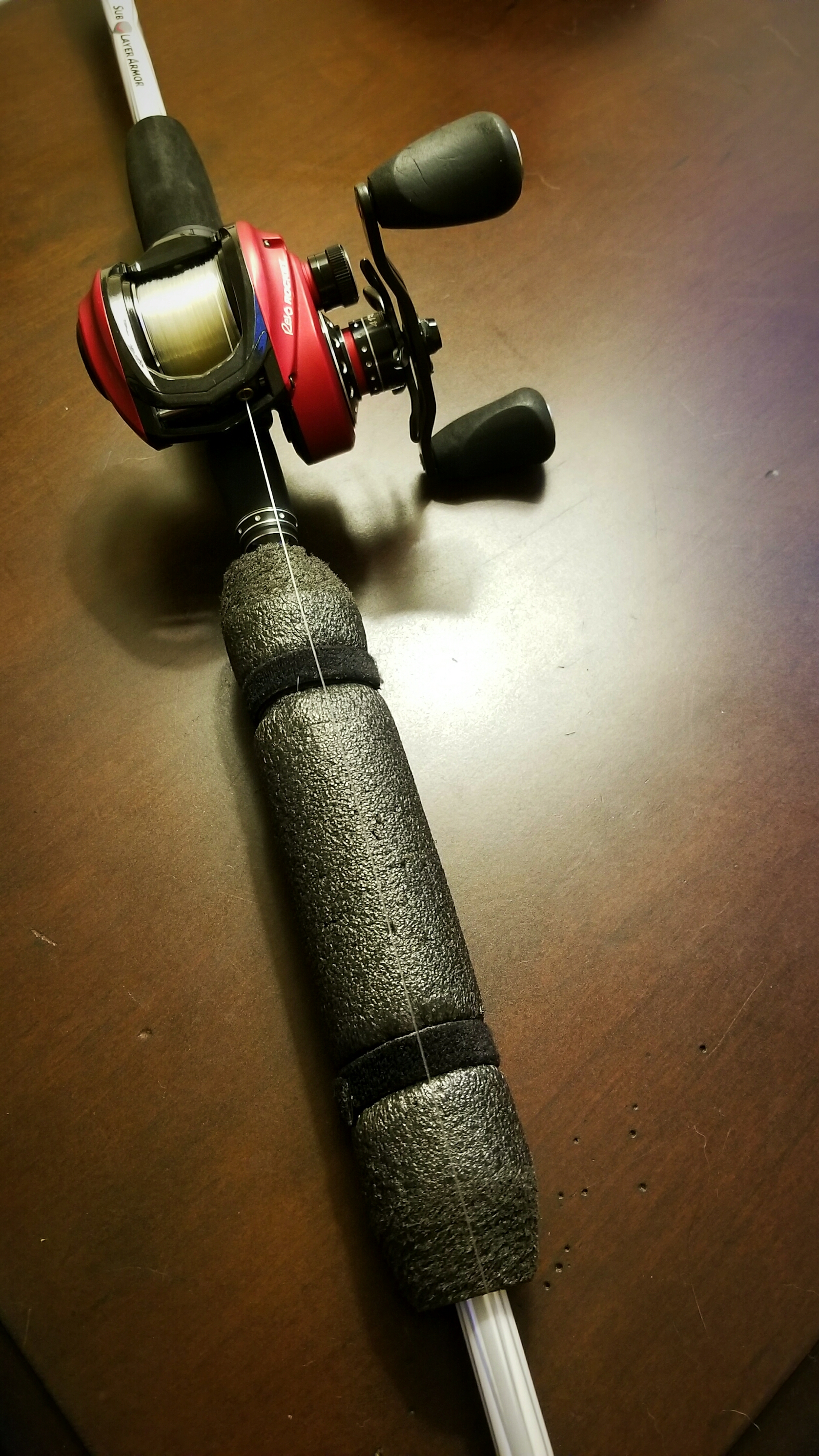
Remove the float from the rod blank
Step Two:

Reattach the velcro straps tightly to the rod float, and clip a small carabiner to one of the velcro straps through the slit in the float
Step Three:
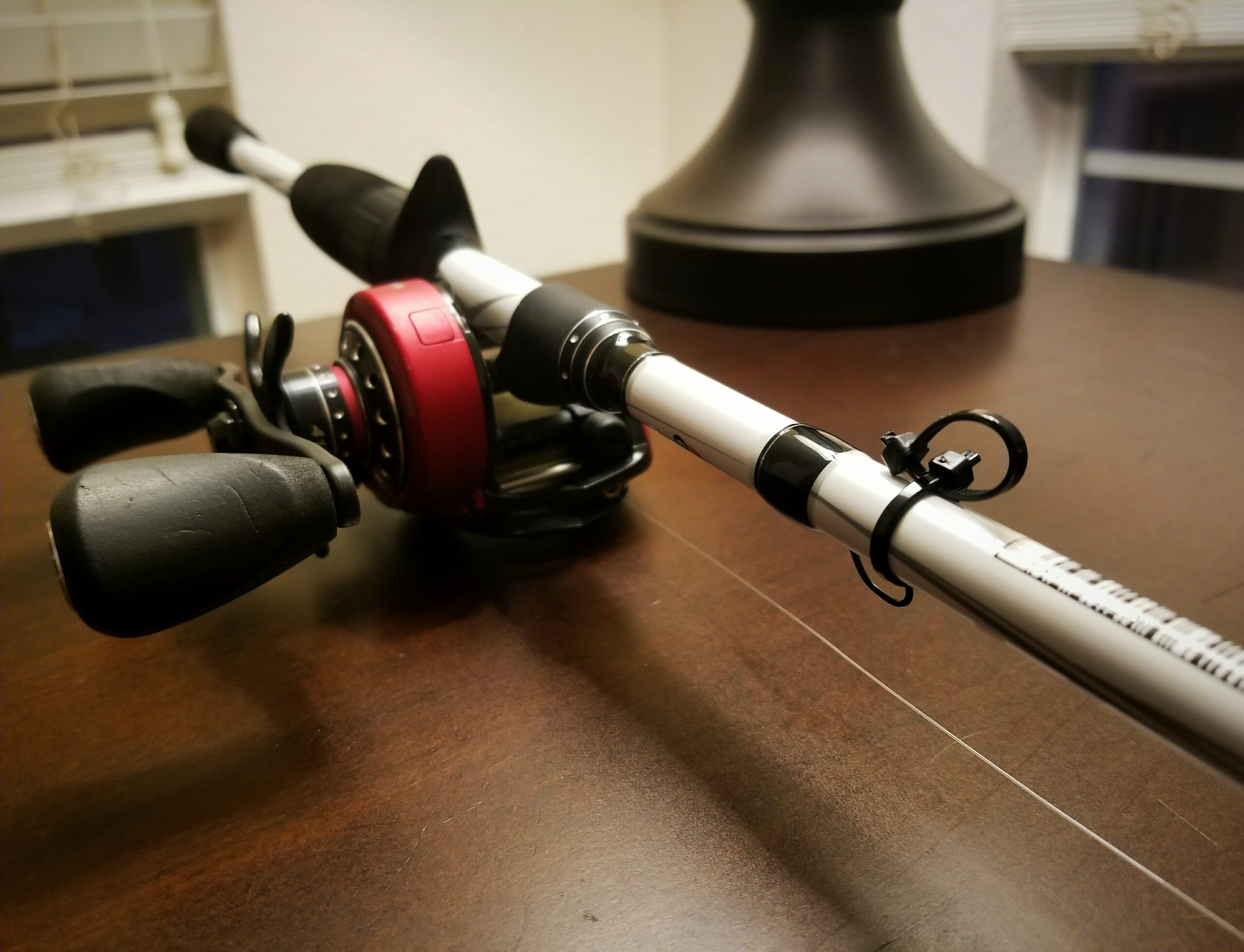
Attach one small black zip-tie to the rod blank.
Before cinching down the first zip-tip completely, slide another zip-tie through the first, creating two rings attached to one another on the underside of the rod blank.
Cinch down the zip-tie on the blank, then cinch the loop zip-tie just slightly larger than the carabiner hook.
Snip off the excess zip-tie.
Step Four:
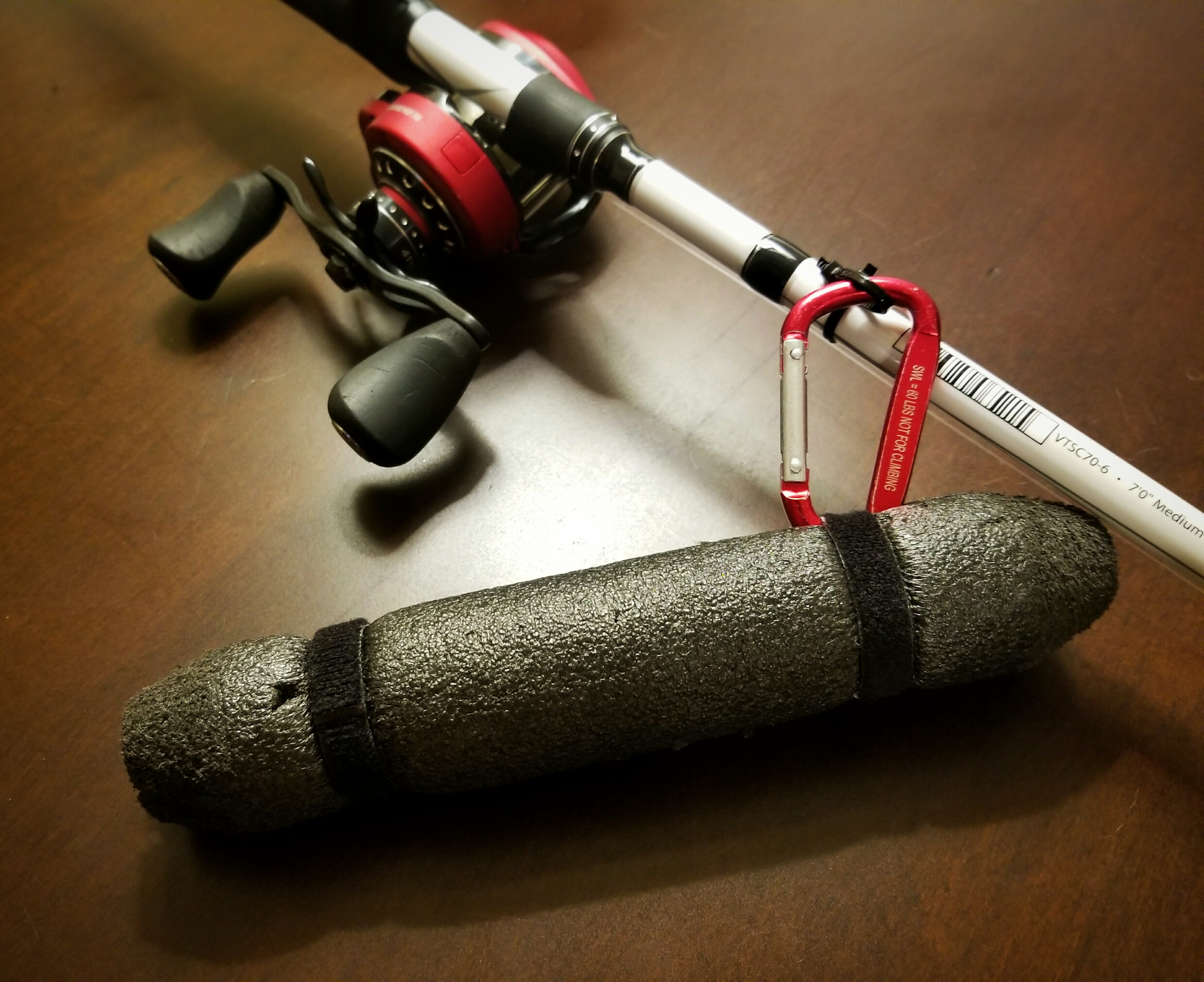
Clip the rod float onto the zip-tie loop, and you're done!
Now, you've got the best of all worlds, but in a much safer setup.
If the rods fall into the water, they'll stay afloat, and you don't have to worry about being drowned by the spaghetti monster.
The best part is - because they're attached via carabiner, when you pull a rod you want to use, simply unclip the float, set it aside, and fish without worrying about losing any sensitivity.
When you're done, or ready to switch up your rods, just clip that float right back onto the rod, and grab your next setup.
Hopefully this information helps you and your gear stay a little bit safer on the water!
Please feel free to share this article, and be sure to follow me on Facebook, Instagram, and Fishbrain for more bassin' content!
Tight lines, everyone!!

